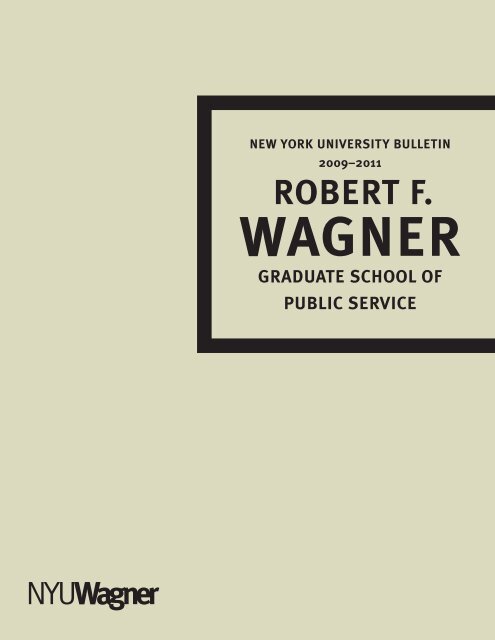

These conditions increase the probability that H 3O + will react with SO 3 − according to the reaction SO 3 − + H 3O + ↔ SO 3H + H 2O, which was found to be an essential part of the hydronium diffusion mechanism. We find that for the low λ value, the water distribution is not homogeneous, which results in an incomplete second solvation shell for H 3O +, fewer water molecules in the vicinity of SO 3 −, and a higher probability of obtaining a coordination number of ∼1 for the nearest oxygen neighbor to SO 3 −. Mater., 2018, 17, 725, a nano-confined environment was created composed of graphane bilayers to which sulfonate end groups (SO 3 −) are attached, and the space between the bilayers was subsequently filled with water and hydronium ions up to λ values of 3 and 4, where λ denotes the water-to-anion ratio. In order to mimic a precise polymer with a layered morphology, as recently introduced by Trigg, et al., Nat. In this work, we employ fully atomistic ab initio molecular dynamics to simulate diffusion mechanisms of the hydronium ion in a model PEM. However, a fundamental atomistic understanding of the hydronium diffusion process in the PEM environment is an ongoing challenge.

Fuel-cell deployable proton exchange membranes (PEMs) are considered to be a promising technology for clean and efficient power generation.


 0 kommentar(er)
0 kommentar(er)
